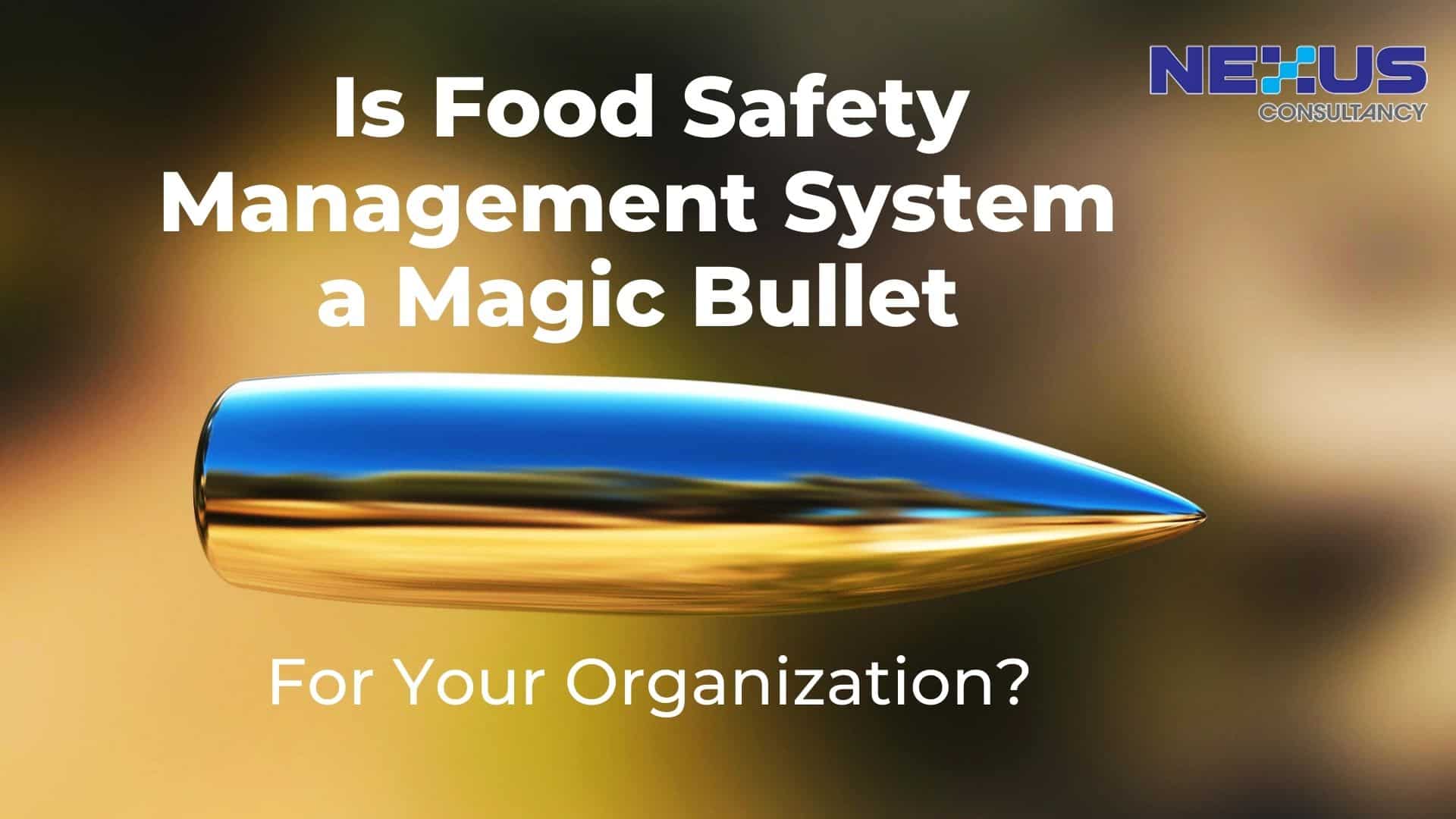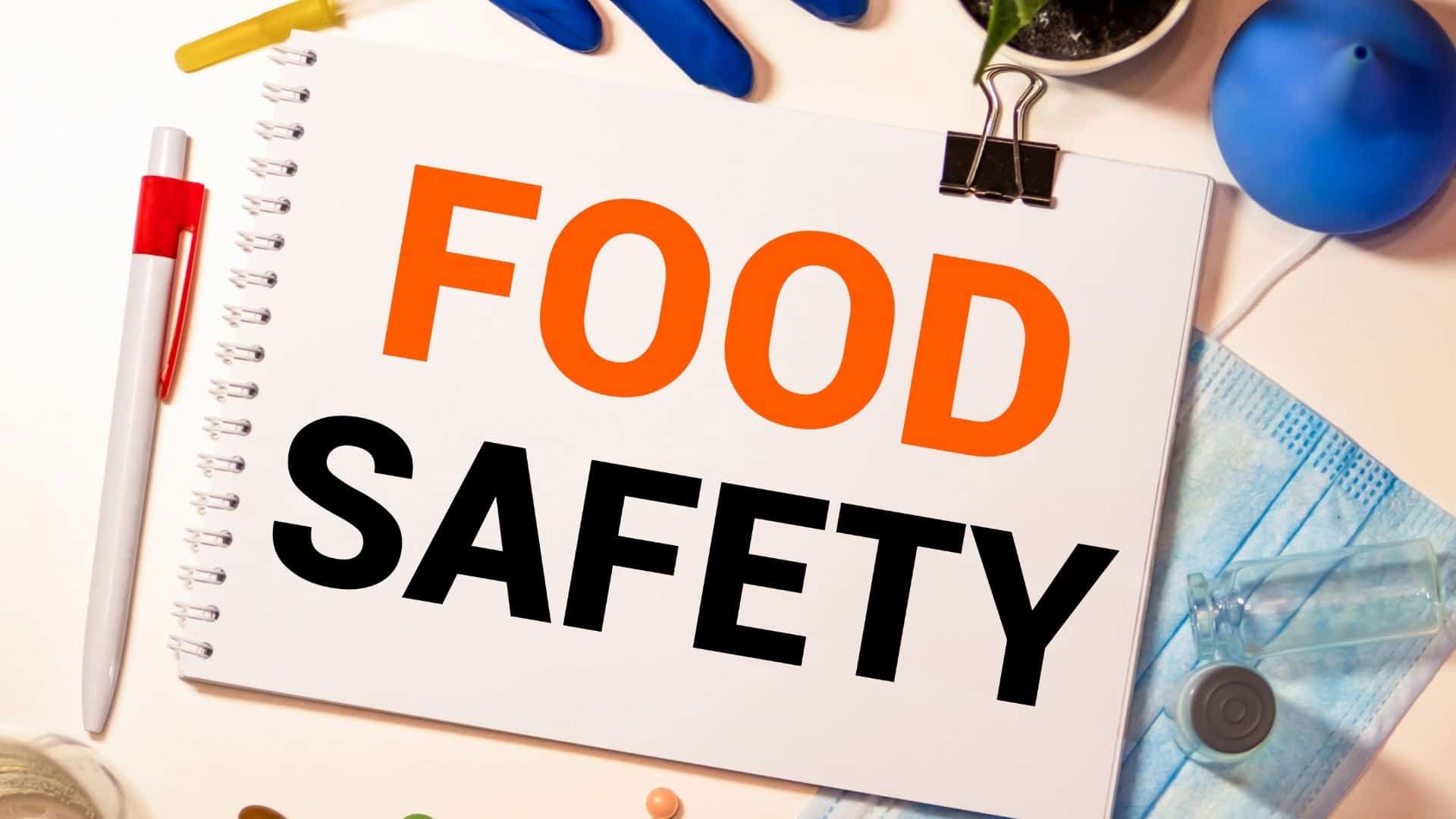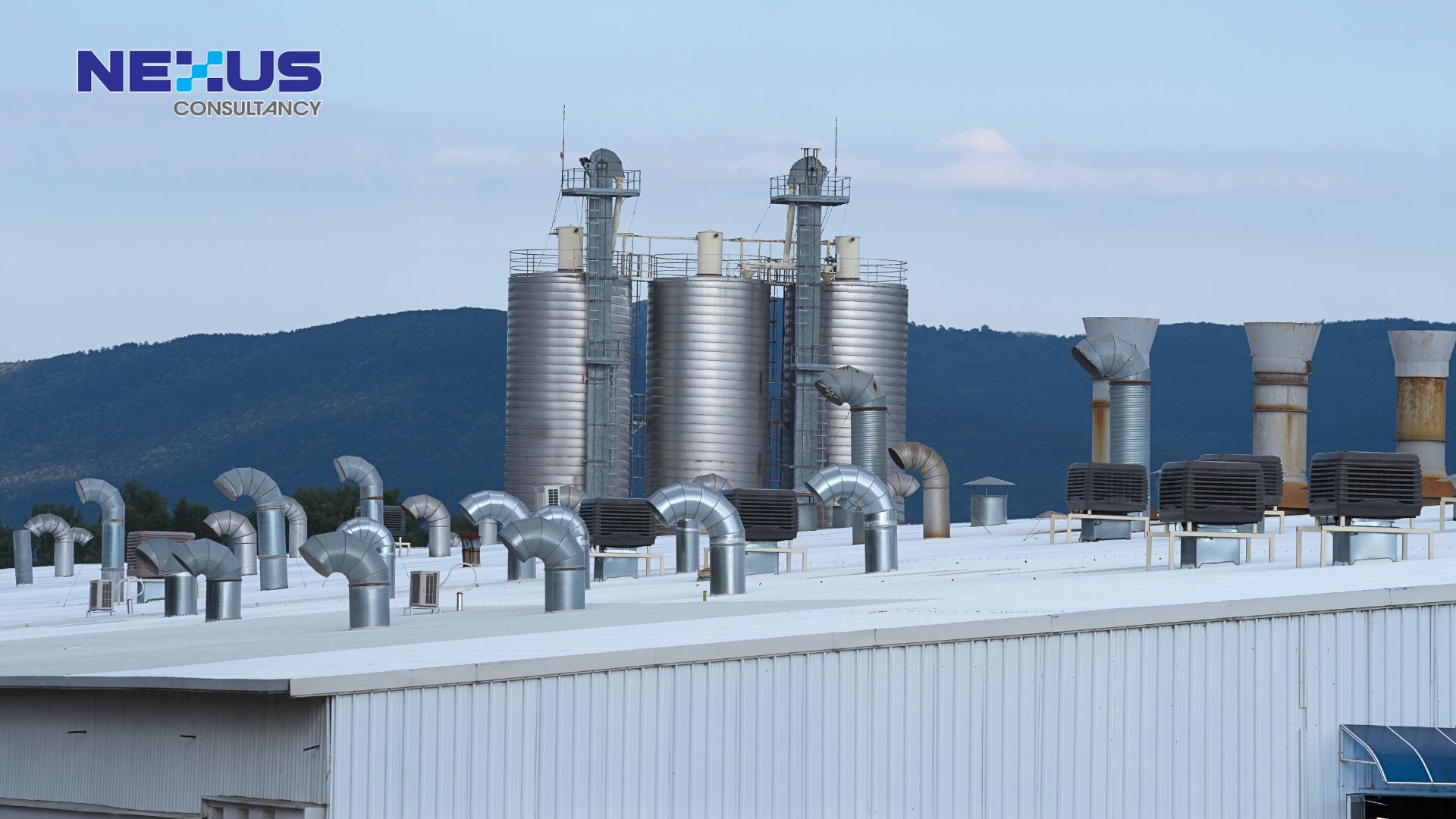
Nicole Choo
Management Consultant
It takes time to establish a food safety culture in any organization small or large. In fact, it can take years of hard work and dedication from everyone in an organization. It is only those organizations that truly embrace the change will reap the benefits.
– 3 mins read

“Nicole, my company has been certified with GMP, HACCP, ISO 22000, FSSC 22000… (and the list goes on). Why do we still receive complaints regarding our quality and safety issues for our products/ processes? Does it mean that there is a breakdown in our food safety management system?”
The truth is, regardless of how many certifications an organization holds, the food safety management system is not the magic bullet that can solve everything.

Studies have showed that many foodborne incidents are caused by GMP (Good Manufacturing Practices) failures. It is rarely caused by food safety system failures. So, what does that mean? It shows the significance of understanding people’s behaviors, and factors that influence their actions and attitudes.
A positive food safety culture creates a solid foundation in the organization for years to come. The organization could improve their food safety culture by assessing and maintaining the behavior and attitudes of the teams. Among the characteristics of strong food safety cultures in the organization is as follows:
- Strong commitment management team
- Food safety is the highest priority
- Encourage open communication
- Empowerment and recognition to people

a) Strong Commitment Management Team
The culture of food safety begins in the boardroom, not on the production floor. Food safety culture starts from the top and works its way down through the organization. The top management team, managers, and leaders should lead by example, and be the role model for the organization. Employees are watching, and if they see someone in a higher position taking shortcuts or making questionable decisions that are not based on food safety, they will assume that it is tolerable.

b) Food Safety is the Highest Priority
Not Quantity but Quality and Safe to Eat! Food safety culture in a food business refers to how everyone (owners, managers, and employees) thinks and acts on a daily basis to ensure the safety of the food they prepare or serve. It is about taking pride in delivering safe food every time, and understanding that high-quality product must be safe to consume.

c) Encourage Open Communication
The COVID-19 pandemic has resulted in several new changes to health & safety protocols. An open and continuous communication process helps to ensure that employees at all levels have access to updated food safety information. Employees must be provided with the real-world context to help in understanding the consequences of their food safety actions. The best context should include the “how” as well as the “why”.

d) Empowerment and Recognition to People
Traditionally, food safety programs focused on the negative, or non-compliance, findings. This may result in the development of behaviors that do not eliminate risks, but rather conceal them. Instead, the use of praises and encouragements help to reinforce excellent behavior. It sends the message that good food safety will be rewarded. Positive recognition boosts morale and fosters pride, which eventually becomes deeply embedded in the culture. Senior management should train and empower people to identify potential issues and opportunities for improvement, and then following through by taking the appropriate actions.
A good food safety culture is not about checking and comparing the Critical Control Points (CCP) against the benchmark. It is about setting a belief where everyone in that environment understands, agrees, and resonates with.
Moment of truth: It takes time to establish a food safety culture in any organization small or large. In fact, it can take years of hard work and dedication from everyone in an organization. It is only those organizations that truly embrace the change will reap the benefits.
Lastly, if there were a formula for food safety culture, it will be:
Food safety culture = Attitude + Beliefs + Behaviors
You may share this post to your team members if you find this information to be useful.
Reference:
- Building Food Safety Culture: Employment of People: https://www.profoodworld.com/food-safety/fsma/article/21354776/give-employees-a-voice-by-building-humancentered-food-safety-culture
- Be Confident in your Food Safety Culture: https://www.foodmanufacturing.com/safety/blog/21796938/be-confident-in-your-food-safety-culture
- The Increasing Focus on Food Safety Culture: https://www.foodprocessing.com/articles/2021/the-increasing-focus-on-food-safety-culture/
More Article
Empowering Employees through ESG: The Role of Training and Awareness
Chief Operating OfficerEmpower your team with ESG training. ISO-aligned, practical, and impactful for SMEs in Malaysia.As businesses around the world embrace Environmental, Social, and Governance (ESG) principles, a common mistake is treating ESG solely as a boardroom...
ESG for SMEs: Simple Steps to Get Started (Even with a Small Team)
Chief Operating OfficerSimple ESG tips for SMEs. Begin your journey with support from trusted ESG consultants in Malaysia.In today’s business environment, Environmental, Social, and Governance (ESG) practices are no longer just for large corporations. Small and...
What Is Food Safety Culture and Why It Matters More Than Ever
Chief Operating OfficerLearn why food safety culture is a must-have for compliance, brand trust, and growth—backed by ISO consultants in Malaysia.In today’s competitive and tightly regulated food manufacturing landscape, compliance alone is no longer enough. To...
Why Proactive OSH Legal Compliance Is Good for Business Reputation
Chief Operating OfficerWorried about Malaysia’s OSH Act penalties or workplace audit readiness? Discover how proactive OSH compliance builds trust, reduces fines, and supports ESG goals.In today’s competitive market, companies are judged not just by their products or...










